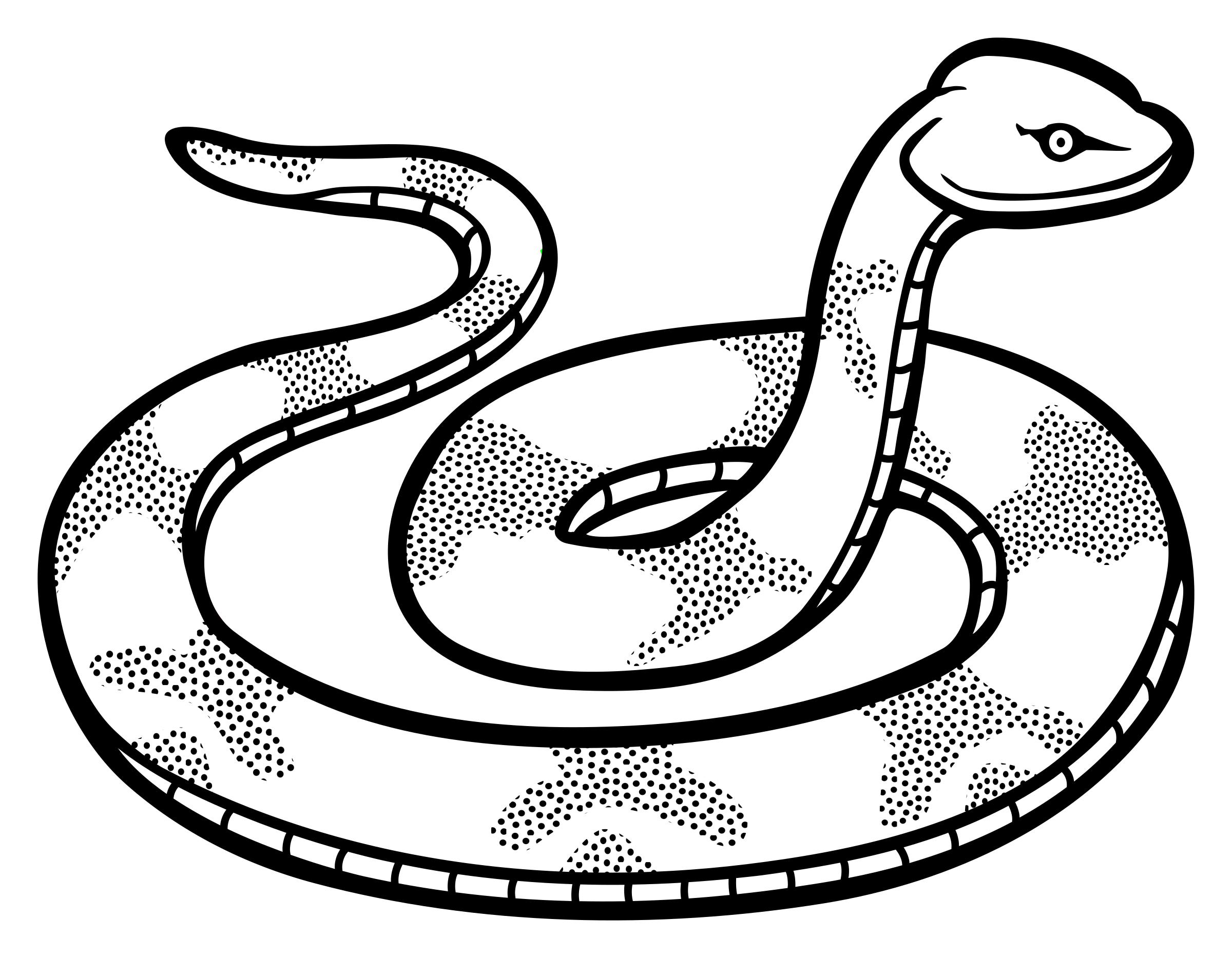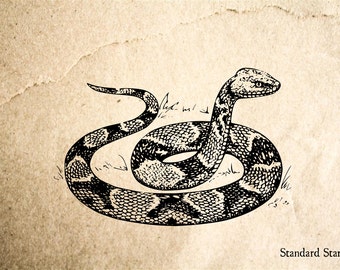
Juveniles and adults have fully functioning fangs that can deliver proportionately equal amounts of venom to their prey. The tinted tail is also found in other Agkistrodon species (Cottonmouth, Agkistrodon piscivorus, for example) and appears to be used to lure small prey within striking distance by mimicking caterpillar movements. Besides their color differences, juveniles also have a yellow tinted tail tip until they reach the age of 3 to 4 years. Juveniles have very similar crossband patterns as adults but are much grayer in color. Although copperheads are venomous, their venom is somewhat mild compared to other snake species and is usually not fatal to healthy human adults. Temperature-sensitive pit organs are present below the midline between the eye and the nostril. The head is very distinct from the rest of the body and has a solid, rich brown color.

Copperheads are sexually dimorphic, as males tend to have longer bodies than females.

Adult copperheads average 76 cm in length and are normally described as heavy-bodied snakes. ( Carter, 2013 Ernst and Ernst, 2011 Smith, et al., 2009 Szalay, 2014)Īgkistrodon contortrix individuals are known for their distinctive reddish-brown bodies with a crossband pattern consisting of tan, copper, and rich brown colors that extend throughout the body. Gravid females also tend to use such sites and prefer microhabitats with higher temperature profiles. Overwintering sites are often south- or west-facing and include rock crevices, abandoned mines, caves, hollow logs, stumps, and building foundations. Their close proximity with humans likely contributes to their status as the snake species with the highest number of bites within the United States. They also associate with man-made environments including construction areas, sawdust piles, and suburban neighborhoods. Further west, they are associated with riparian areas in mixed woodlands with stream beds and arroyos. On the southern coastal plain, they can be found in low, wet woodlands including the edges of swamps. Areas with downed woody vegetation are also favored. In the northeast and Appalachians they are typically found in deciduous forests and open woodlands with rock outcrops and hilly terrain. contortrix is associated with an array of habitats in which they occur. ( Conant and Collins, 1998 Douglas, et al., 2009 Gloyd and Conant, 1990) Additional analyses are needed to resolve genetic lineages within the species. Recent molecular analyses using mitochondrial DNA however suggests that there are three clades within the species that have relatively low divergence and do not correspond to the above-mentioned subspecies designations. phaeogaster) - Found in the central region of the United States, where they are most prominent in Missouri and eastern Kansas. pictigaster) - Confined to the Trans-Pecos (far west Texas) region as well as northeastern Mexico.

laticinctus) - Confined to southern border of Kansas and Oklahoma, and central Texas. contortrix) - Extends through Massachusetts, westward to Texas and southeastern Nebraska.īroad Banded Copperhead ( A. mokasen) - Widely extends throughout the United States, southern New England (USA) to Coahuila and Chihuahua, Mexico. They are also found in localized parts of western Texas and northern Coahuila and Chihuahua, Mexico.Ĭopperhead subspecies are recognized by slight changes in color pattern shape and hue. Their geographic range extends from southern New England to the eastern parts of Kansas and Nebraska, and then south to eastern Texas to the Florida panhandle. The Copperhead ( Agkistrodon contortrix) is found in 28 states throughout the central and eastern United States.


 0 kommentar(er)
0 kommentar(er)
